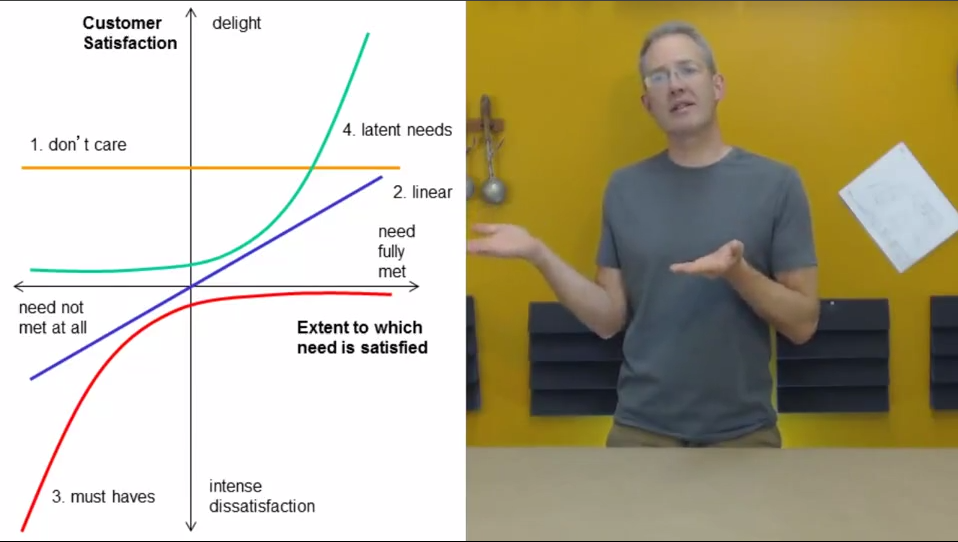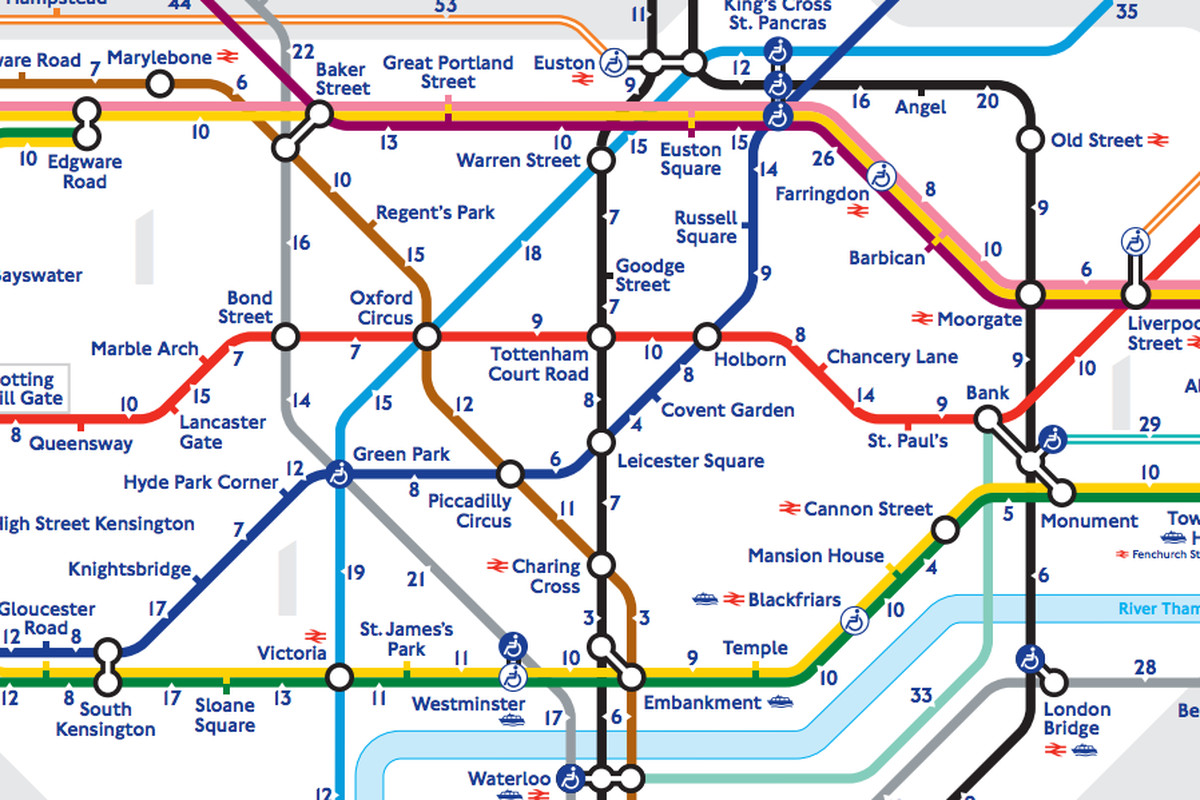As part of the design course by Karl T. Ulrich (pictured) that I follow on coursera.org (great site btw, which is changing access to knowledge in a very significant way), I came across the Kano framework to classify the user need. Vertically is the user satisfaction (if the user is satisfied or not) and horizontally is if the need is addressed or not (or can be partly adressed). Here is the framework:

User needs can be plotted in 4 curves which are:
- Don’t care: either it’s here or not, but not all users care: for instance on a search engine it could be the need to search for images.
- Linear: the better it’s done, the more satisfaction the user for the search engine it could be to find an answer to the query, this is provided by the relevance of the search results.
- Must have: If it’s not there, the user is un happy. For search engine, it could a way to enter the search query (search box).
- Latent: Little things, un-expected that create delight. For instance the ‘see from cache’ or ‘translate page’.


